Collective Molecular Activities of the Plant: Aloe Saponaria
Plant ID: NPO742
Plant Latin Name: Aloe Saponaria
Taxonomy Genus: Aloe
Taxonomy Family: Asphodelaceae
Plant External Links:
NCBI TaxonomyDB:
n.a.
Plant-of-the-World-Online:
n.a.
Country/Region:
ArgentinaTraditional Medicine System:
Argentina
Overview of Ingredients
24 All known Ingredients in Total
Unique ingredients have been isolated from this plant.Plant-Ingredients Associations were manually curated from publications or collected from other databases.
13 Ingredients with Acceptable Bioavailablity
Unique ingredients exhibit acceptable human oral bioavailablity, according to the criteria of SwissADME [PMID: 28256516] and HobPre [PMID: 34991690]. The criteria details:SwissADME: six descriptors are used by SwissADME to evaluate the oral bioavailability of a natural product:
☑ LIPO(Lipophility): -0.7 < XLOGP3 < +5.0
☑ SIZE: 150g/mol < MW < 500g/mol
☑ POLAR(Polarity): 20Ų < TPSA < 130Ų
☑ INSOLU(Insolubility): -6 < Log S (ESOL) < 0
☑ INSATU(Insaturation): 0.25 < Fraction Csp3 < 1
☑ FLEX(Flexibility): 0 < Num. rotatable bonds < 9
If 6 descriptors of a natural plant satisfy the above rules, it will be labeled high HOB.
HobPre: A natural plant ingredient with HobPre score >0.5 is labeled high human oral availability (HOB)
13 Ingredients with experimental-derived Activity
Unique ingredients have activity data available.Ingredient Structrual Cards
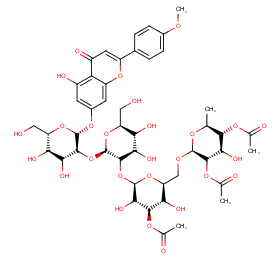
Ingredient ID: NPC73708
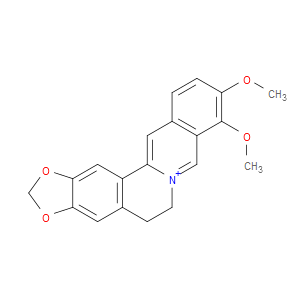
Ingredient ID: NPC53069
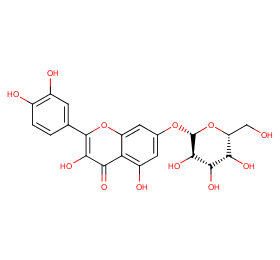
Ingredient ID: NPC32860
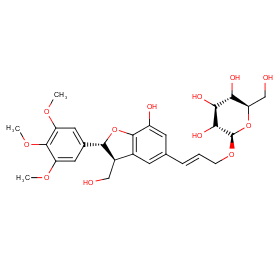
Ingredient ID: NPC289878
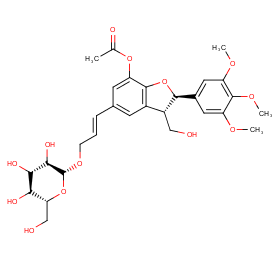
Ingredient ID: NPC257232
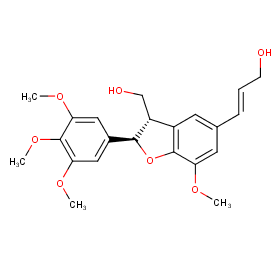
Ingredient ID: NPC253437
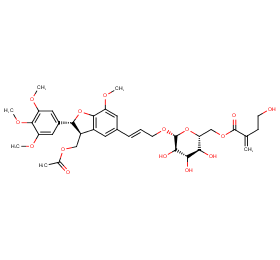
Ingredient ID: NPC241600
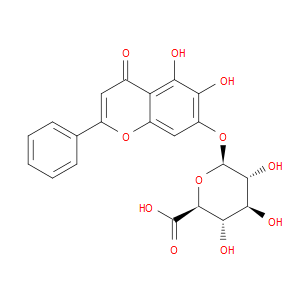
Ingredient ID: NPC237435

Ingredient ID: NPC228357
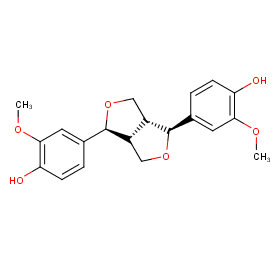
Ingredient ID: NPC228346
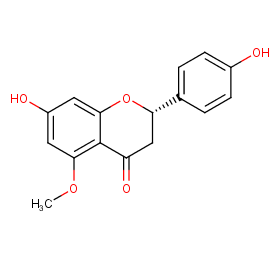
Ingredient ID: NPC225153

Ingredient ID: NPC22437

Ingredient ID: NPC21402

Ingredient ID: NPC209075
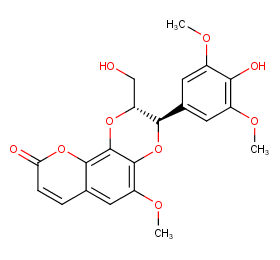
Ingredient ID: NPC205727
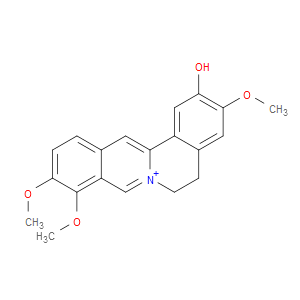
Ingredient ID: NPC202605
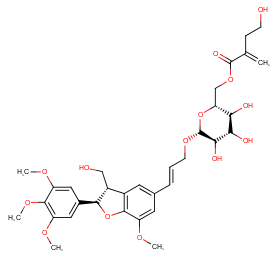
Ingredient ID: NPC173726
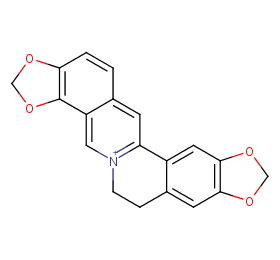
Ingredient ID: NPC171409
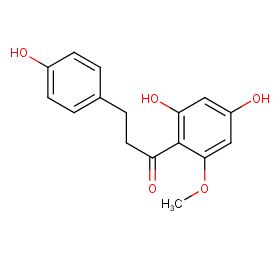
Ingredient ID: NPC170011
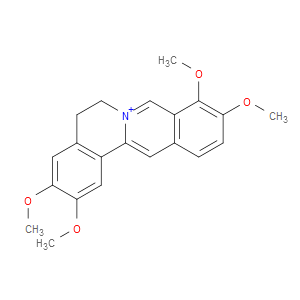
Ingredient ID: NPC16452
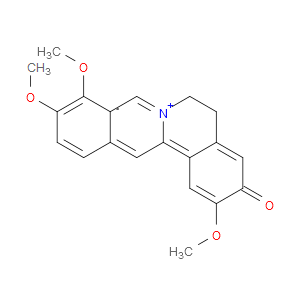
Ingredient ID: NPC13826

Ingredient ID: NPC122225
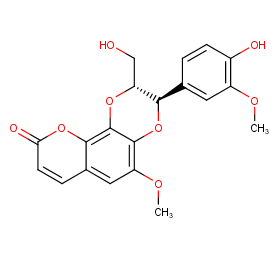
Ingredient ID: NPC120426

Ingredient ID: NPC119681
Classification of Human Proteins Collectively Targeted by the Plant
Detailed Information of Target Proteins
| Target Type | Protein Class | Gene ID | Protein Name | Uniprot ID | Target ChEMBL ID |
|---|---|---|---|---|---|
| Cytochrome P450 | Cytochrome P450 family 1 | CYP1B1 | Cytochrome P450 1B1 | Q16678 | CHEMBL4878 |
| Therapeutic Target | Hydrolase | ACHE | Acetylcholinesterase | P22303 | CHEMBL220 |
| Therapeutic Target | Structural protein | LMNA | Prelamin-A/C | P02545 | CHEMBL1293235 |
Clinical trials associated with plant from natural product (NP) & plant level:
| Clinical trials type | Number of clinical trials | |
|---|---|---|
| 10 | ||
| NCT ID | Title | Condition | Form in clinical use | Associated by plant or compound |
|---|---|---|---|---|
| NCT00425009 | Therapeutic Effects of Berberine in Patients With Type 2 Diabetes | type 2 diabetes mellitus | Berberine (NPC53069) | |
| NCT00633282 | Role of Pioglitazone and Berberine in Treatment of Non-Alcoholic Fatty Liver Disease | non-alcoholic fatty liver disease | Berberine (NPC53069) | |
| NCT02082756 | Effects of Berberine Hydrochloride and Bifidobacterium in Prediabetes Prevention and Treatment | prediabetes syndrome | Berberine (NPC53069) | |
| NCT02084004 | Effects of Berberine Hydrochloride and Bifidobacterium in Diabetes Mellitus Prevention and Treatment | type 2 diabetes mellitus | Berberine (NPC53069) | |
| NCT02226185 | Study of Berberine Hydrochloride in Prevention of Colorectal Adenomas Recurrence | colorectal adenoma | Berberine (NPC53069) | |
| NCT02548832 | Bezafibrate Plus Berberine in Mixed Dyslipidemia | Combined hyperlipidemia | Berberine (NPC53069) | |
| NCT02861261 | A Study on the Efficacy and Gut Microbiota of Berberine and Probiotics in Patients With Newly Diagnosed Type 2 Diabetes | type 2 diabetes mellitus | Berberine (NPC53069) | |
| NCT03281096 | A Research of Berberine Hydrochloride to Prevent Colorectal Adenomas in Patients With Previous Colorectal Cancer | colorectal adenoma | Berberine (NPC53069) | |
| NCT03333265 | Primary Chemoprevention of Familial Adenomatous Polyposis With Berberine Hydrochloride | colorectal adenoma | Berberine (NPC53069) | |
| NCT03486496 | Gefitinib and Berberine in the First-line Treatment of Lung Adenocarcinoma With EGFR Mutation | lung adenocarcinoma | Berberine (NPC53069) |
❱❱❱ Associated Human Diseases and Detailed Association Evidence
How do we define the Plant-Targeted Human Disease Association?
Associated human diseases of an individual plant are summurized based on FOUR types of association evidence, these include:
❶ Association by Therapeutic Target: Bioactive protein targets of the plant were defined in "Molecular Targets" section, target-disease associations collected from TTD database were subsequently used to build the associations between the plant and its targeted human diseases.
❷ Association by Disease Gene Reversion: Plant and a specific disease will be associated when >= 1 plant target gene overlaped with disease's DEGs.
❸ Association by Clinical Trials of Plant: Plant and a specific disease will be associated when >= 1 clinical trial (the plant is the intervetion) can be matched in ClinicalTrials.gov database.
❹ Association by Clinical Trials of Plant Ingredients: Plant and a specific disease will be associated when >= 1 clinical trial (the plant ingredient is the intervetion) can be matched in ClinicalTrials.gov database.
Associated Disease of the Plant | Association Type & Detailed Evidence |
|---|---|
Adenocarcinoma of bronchus or lungDisease Category: 02.NeoplasmsDisease ICD-11 Code: 2C25.0 |
ACHE
|
Adenocarcinoma of pancreasDisease Category: 02.NeoplasmsDisease ICD-11 Code: 2C10.0 |
CYP1B1,LMNA,ACHE
|
AdenocarcinomaDisease Category: 02.NeoplasmsDisease ICD-11 Code: 2D40 |
NCT03486496
|
Alzheimer diseaseDisease Category: 08.Diseases of the nervous systemDisease ICD-11 Code: 8A20 |
ACHE
|
Carpal tunnel syndromeDisease Category: 08.Diseases of the nervous systemDisease ICD-11 Code: 8C10.0 |
CYP1B1
|
Chikungunya virus diseaseDisease Category: 01.Certain infectious or parasitic diseasesDisease ICD-11 Code: 1D40 |
LMNA
|
Colorectal cancerDisease Category: 02.NeoplasmsDisease ICD-11 Code: 2B91 |
NCT02226185,NCT03281096,NCT03333265
|
Cytomegaloviral diseaseDisease Category: 01.Certain infectious or parasitic diseasesDisease ICD-11 Code: 1D82 |
ACHE
|
DementiaDisease Category: 06.Mental, behavioural or neurodevelopmental disordersDisease ICD-11 Code: 6D80-6D8Z |
ACHE
|
Diffuse large B-cell lymphomasDisease Category: 02.NeoplasmsDisease ICD-11 Code: 2A81 |
LMNA,ACHE
|

